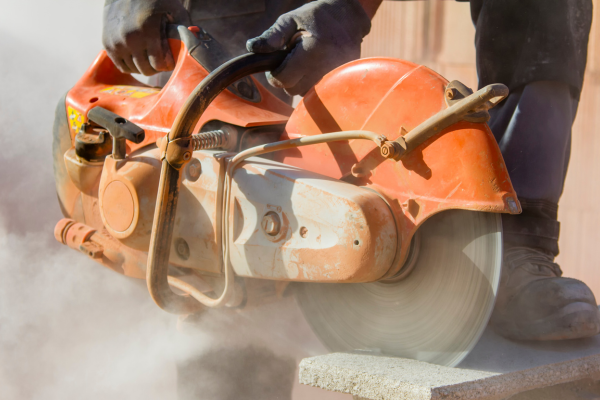
In a sobering development for Australia’s stone benchtop industry, a groundbreaking study by Monash University’s Centre for Occupational and Environmental Health has revealed that workers exposed to artificial stone dust are twice as likely to suffer from asthma compared to the general population. This finding adds a cruel twist to an already dire situation, as the industry grapples with a widespread outbreak of silicosis—a deadly lung disease linked to engineered stone. The research underscores the urgent need for broader clinical awareness of respiratory risks beyond silicosis, highlighting the complex and compounding health threats faced by workers in this hazardous sector.
Key findings from the Monash University study on respiratory health in the stone benchtop industry conducted during a voluntary respiratory health screening in Victoria (2019–2021) and Involved 450 workers from the stone benchtop industry.
Asthma Prevalence:
Respiratory Symptoms:
Work-Related Symptom Patterns:
Silicosis Context:
Clinical Implications: